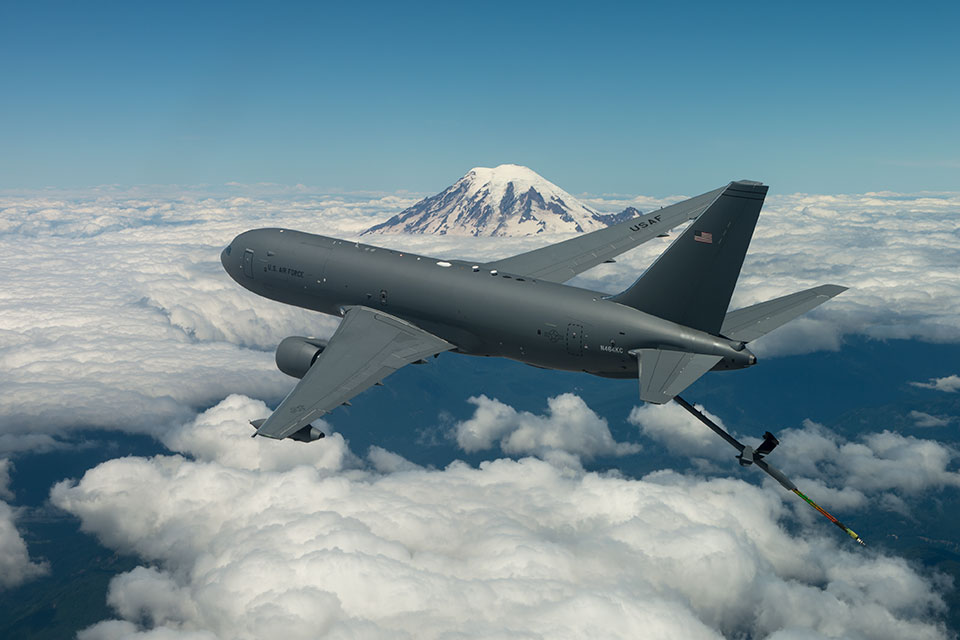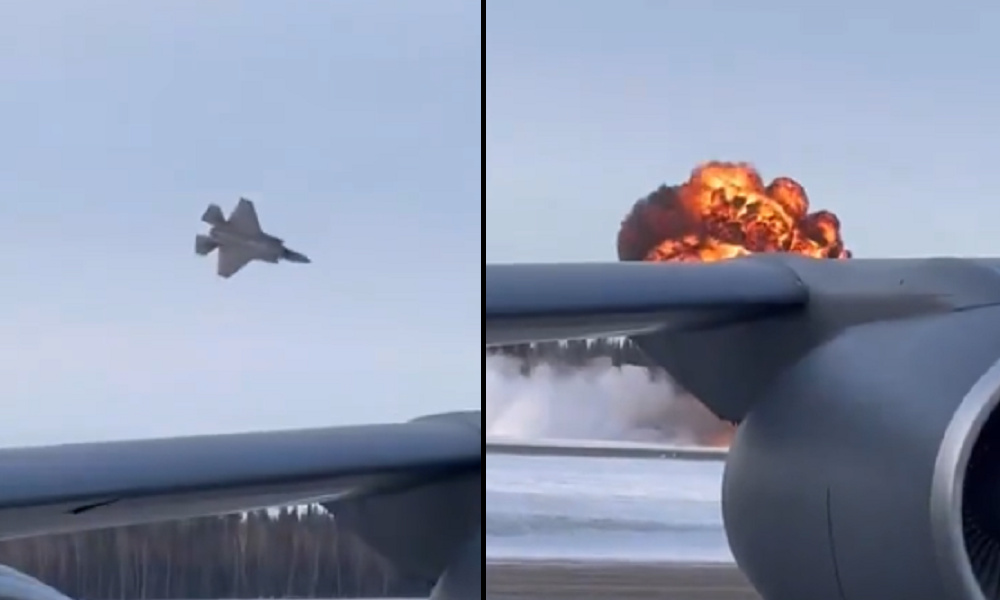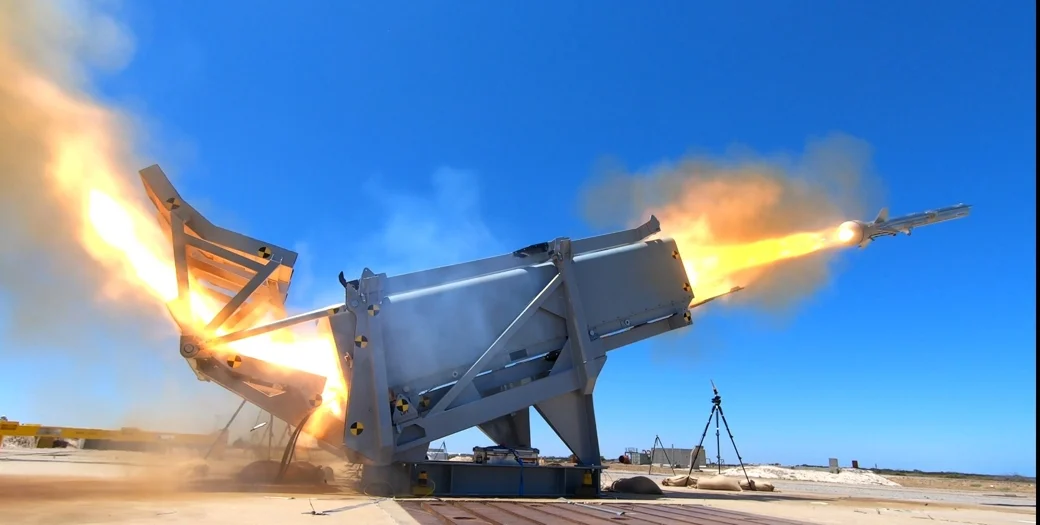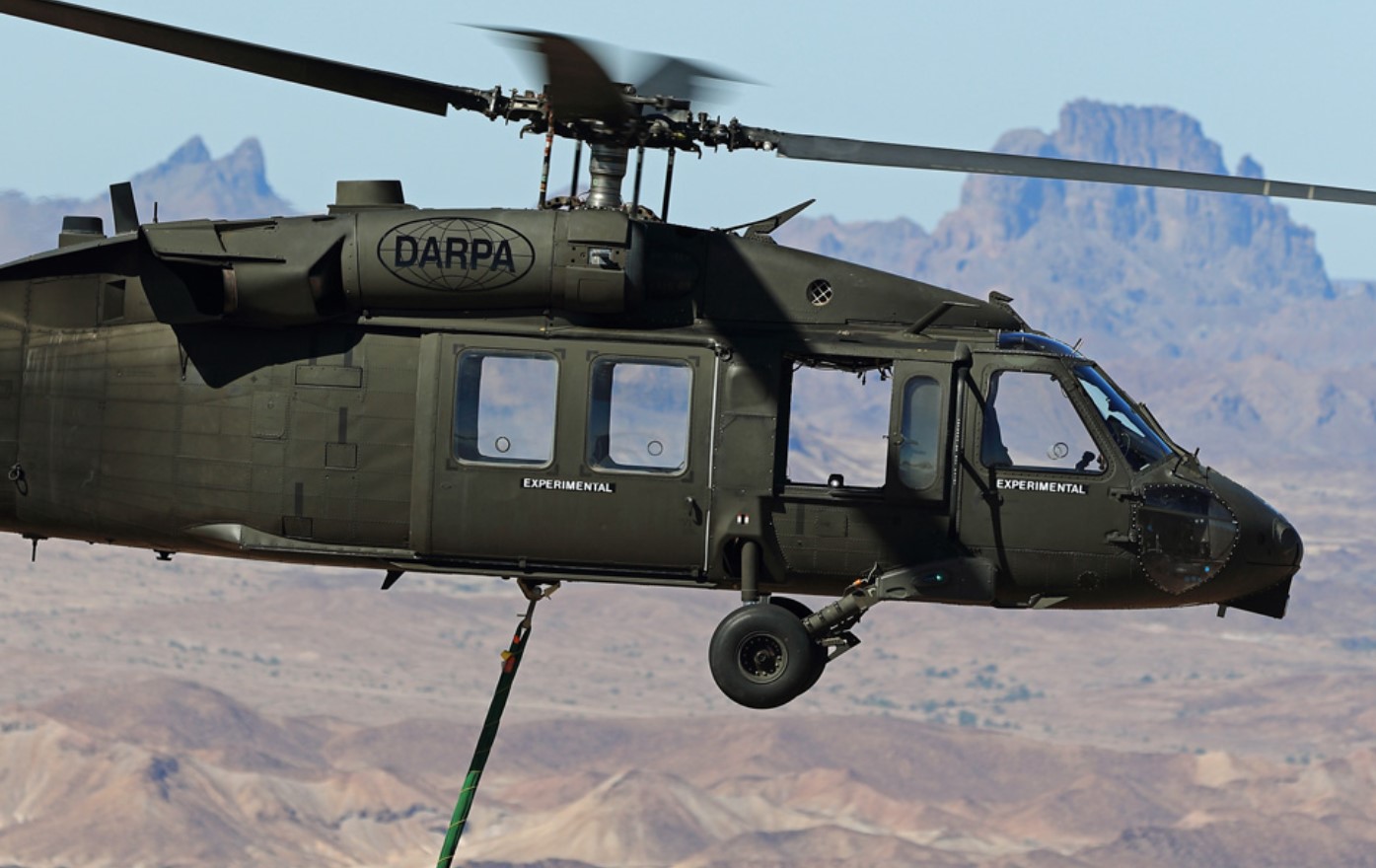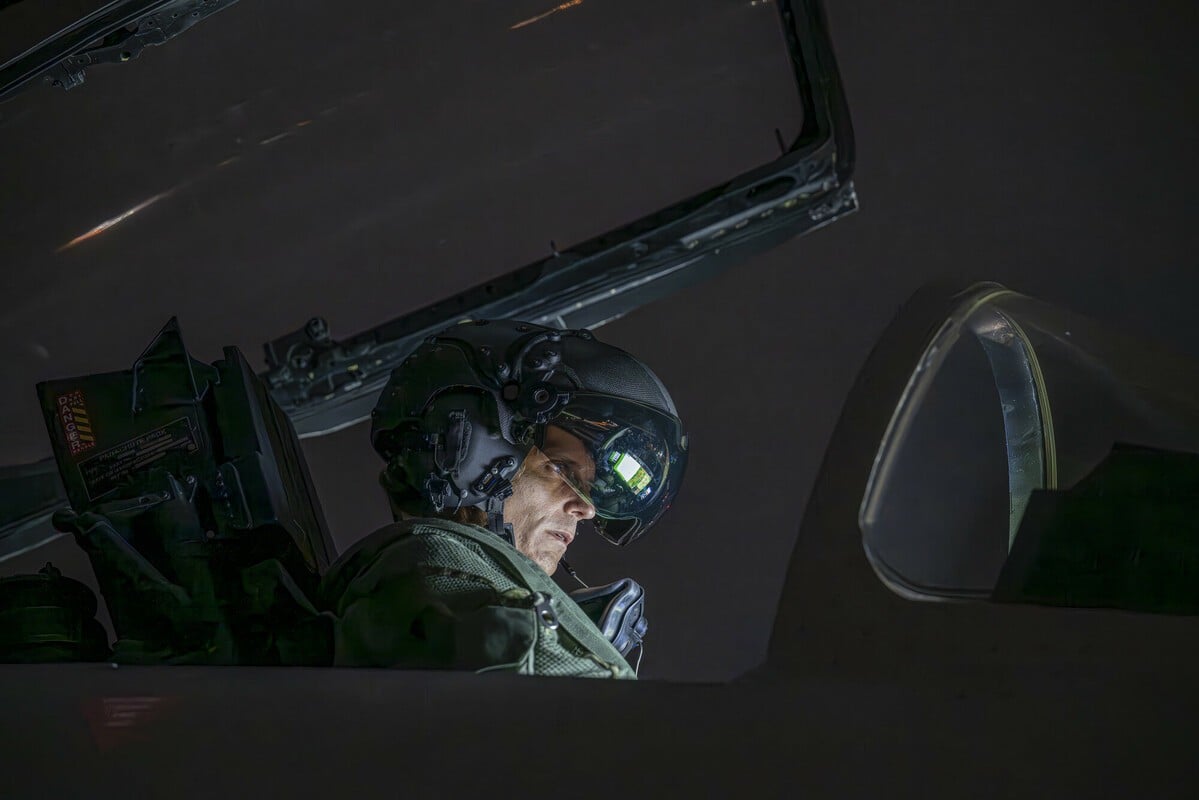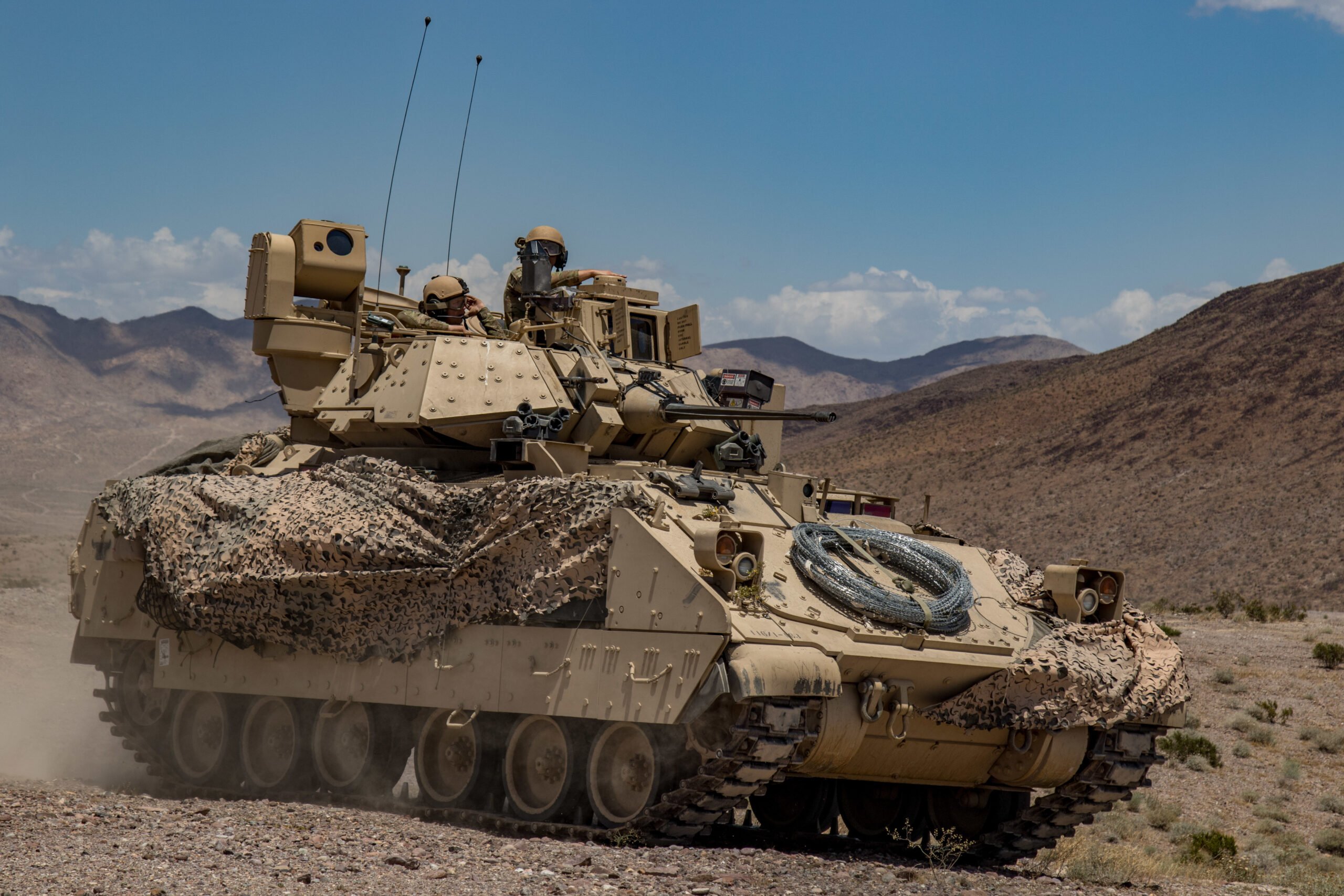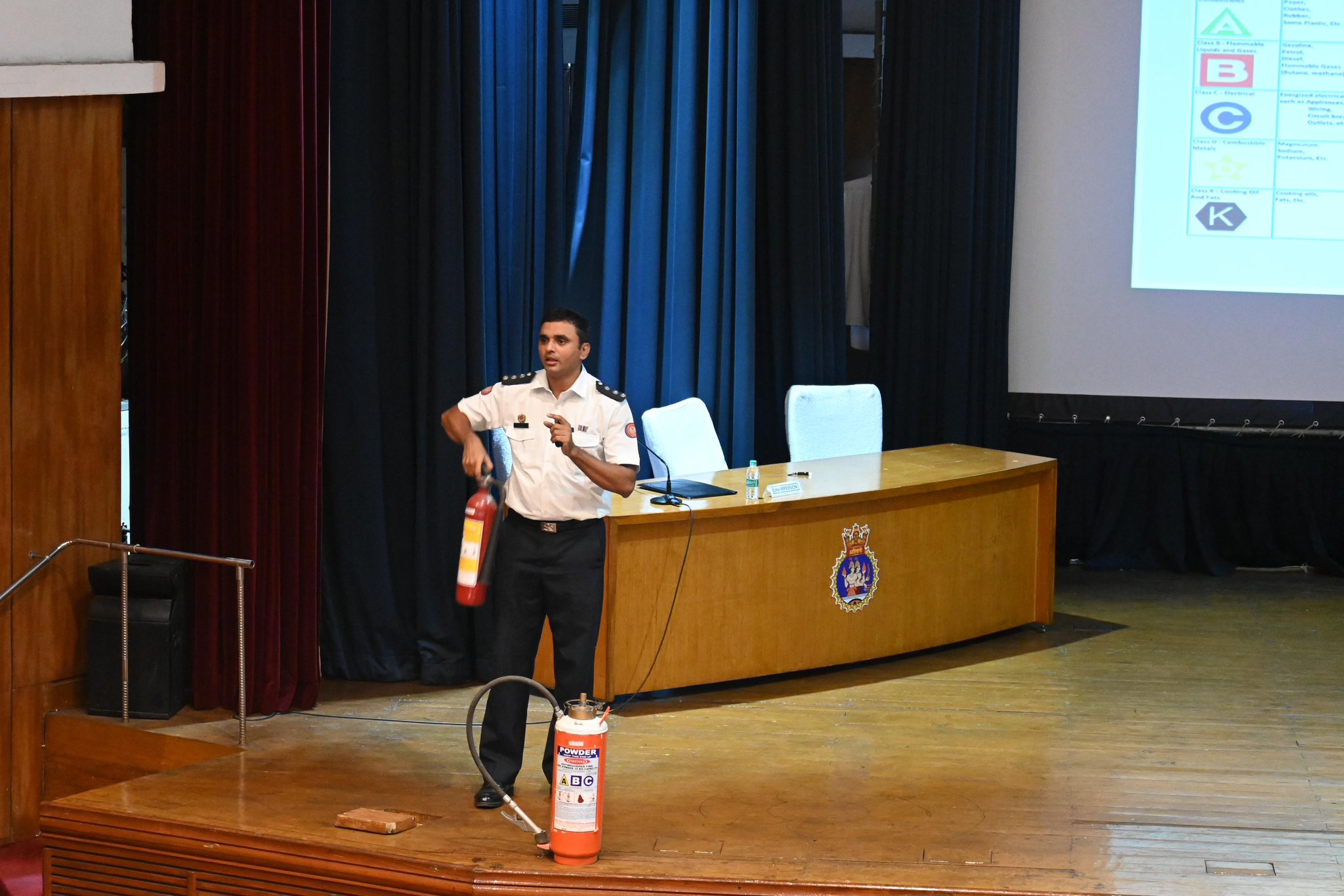Boeing has recently secured a substantial contract worth $2.4 billion to provide the US Air Force with an additional 15 KC-46A Pegasus aerial refueling aircraft. This latest agreement builds on previous contracts totaling $4.6 billion awarded in February and November 2023, which included orders for 30 KC-46A tankers.
The company emphasizes that this new contract underscores the “unparalleled capabilities” of the KC-46A, which has already flown over 100,000 flight hours across various missions worldwide. Lynn Fox, Boeing’s KC-46 program manager, expressed gratitude for the ongoing partnership with the US Air Force, stating, “This is another big milestone for our team, and we look forward to delivering the world’s most advanced multi-mission aerial refuelers for years to come.”
Since the program’s inception in 2019, Boeing has successfully delivered a total of 89 KC-46A aircraft to the Air Force. The KC-46A, which is based on Boeing’s 767 jetliner, is widely recognized as the most advanced multi-mission aerial refueling aircraft available. In its operational capacity, it can carry up to 96,000 kilograms (211,643 pounds) of fuel, allowing it to support multiple fighter jets and fixed-wing aircraft in mid-air refueling operations. The Pegasus employs a refueling boom that is controlled through a sophisticated fly-by-wire system, enabling efficient and safe fuel transfer between aircraft, thus enhancing mission flexibility and operational range.
Currently, there are 168 KC-46A aircraft under contract globally, solidifying Boeing’s position as a leader in the aerial refueling market. The company has noted that unlike many existing tankers, the KC-46A can also function as a receiving aircraft, which significantly enhances its operational capabilities in terms of global mobility and power projection.
However, the KC-46A program has not been without its challenges. The aircraft has faced several “category one” deficiencies, which are categorized as critical issues within military aviation due to their potential to cause serious injury or death. Notable problems include stiffness in the refueling boom and complications with the remote vision system. Earlier this year, the US Air Force also identified a significant issue concerning the Pegasus’s fuel pump, which generates harmful vibrations that can damage the aircraft’s bleed air ducts. Despite these challenges, Boeing continues to work on resolving these issues while maintaining its commitment to delivering this advanced aerial refueling capability to the US Air Force and its global partners.

